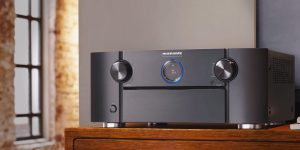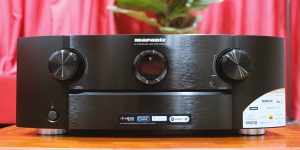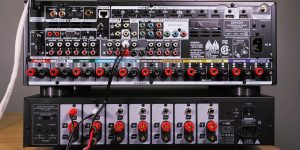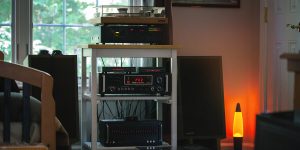One doesn’t need years of experience in the AV receiver industry to understand the importance of remotes. Yet, it takes one to understand which types and models of remote controls will provide the most convenience when controlling and interacting with the receiver. In this article, I will explore the features and customization options available for AV receiver remote controls, including their types, pros, and cons.
Types of remote control options
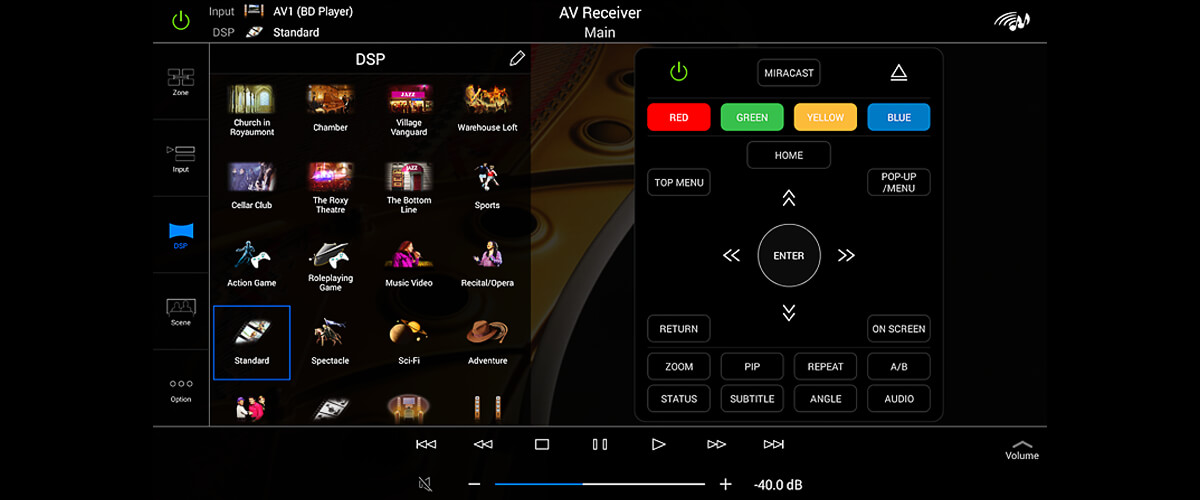
When it comes to home theater remotes, there are several types, each with its own set of features and benefits. In this table, I will explore the main features, pros, and cons of five different types of AV receiver remotes. I definitely recommend you check this table. It will give you all the information you need and allow you to choose the remote control that best suits your needs and preferences for controlling your audio equipment.
| Remote Control Type | Main Features | Pros | Cons |
|---|---|---|---|
| Infrared (IR) remotes | Uses infrared signals to communicate with the receiver | Inexpensive, widely available | Must have a direct line of sight to the receiver, limited range |
| Radiofrequency (RF) remotes | Uses radio frequencies to communicate with the receiver, can work through walls | Greater range and flexibility than IR remotes, no line of sight needed | More expensive than IR remotes, not as widely available |
| Bluetooth remotes | Uses Bluetooth technology to communicate with the receiver | Can connect to multiple devices, no line of sight needed | The range is limited and can experience interference from other Bluetooth devices |
| Wi-Fi remotes | Uses Wi-Fi technology to communicate with the receiver | Can controlthe receiver from anywhere with an internet connection, can connect to multiple devices | The range is limited to Wi-Fi network coverage and may experience lag or connectivity issues |
| Universal remotes | Can control multiple devices with one remote, may use IR, RF, Bluetooth, or Wi-Fi technology | Convenient and can reduce the clutter of multiple remotes | May be more expensive and may require a more complex setup |
How to use an AV receiver remote control
Using an AV receiver remote control may seem straightforward and simple, but the exact steps may vary depending on the type of remote and receiver you have. Skipping the simplest details such as ensuring the remote has batteries and pointing it in the right direction (only with certain types), there are other matters. Firstly, I want to cover the basic functionality and provide care tips. Then, I will provide the necessary information to troubleshoot the most frequent problems.
Basic functionality of remote controls
Most AV receiver remotes will share basic functionality in common. These may include buttons for power on/off, volume up/down, mute, input selection, and audio mode selection. At the same time, some remotes may also have specific buttons for particular features, such as a subwoofer level adjustment or a night mode for watching movies at lower volumes. Generally, the more advanced your receiver is, the more functional remote it will have.
Tips for proper usage and care of remote controls
To ensure your AV receiver remote control continues to work properly, it’s important to take proper care of it. This may include replacing batteries when they run low, keeping the remote clean and debris-free, and avoiding dropping or mishandling the remote. It’s also a good idea to store the remote in a safe and easily accessible place when not in use. For example, I habitually place it on my receiver or on the sofa, which I pleasantly relax on while watching movies or playing. Thus, I always know where the remote is and that it is safe.
Also, from my experience, I don’t recommend using AAA or AA accumulators with the remote. The power draw of remotes is not that significant. So, you won’t be recharging the accumulators very often. At the same time, they still lose their qualities with time and while stored half-charged. So, standard AA or AAA batteries will do the job just fine, as accumulators won’t pay off.
Common troubleshooting solutions for remote control issues
Despite proper care and usage, you may encounter issues with your AV receiver remote control from time to time. So, here are the most common problems and solutions that will help you fix your receiver by yourself. However, if you continue to experience issues, it may be worth contacting the manufacturer or seeking help from a professional.
| Problem | Possible Causes | Solutions |
|---|---|---|
| Remote not responding | Dead batteries, interference, incorrect button presses | Check and replace batteries, move closer to the receiver, and ensure correct button presses |
| Remote not controlling all functions | Incorrect programming, incompatible receiver | Reprogram the remote, ensure compatibility with the receiver |
| Remote controlling other devices | Interference, incorrect programming | Adjust the positioning of the remote and reprogram it |
| Remote buttons not working | Wear and tear, debris, internal issues | Clean buttons and remote, and seek professional repair or replacement |
| RF remote connection issues | Interference, weak signal, antenna issues | Move closer to the receiver, adjust its antenna, and reduce interference sources |
| IR remote requires line of sight | Obstacles blocking signal, incorrect positioning | Remove obstacles, and reposition the remote to ensure line of sight |
However, if you did not find a solution to your problem at my table, it may be worth contacting the manufacturer or seeking help from a professional.
Features to look for in an AV receiver remote control
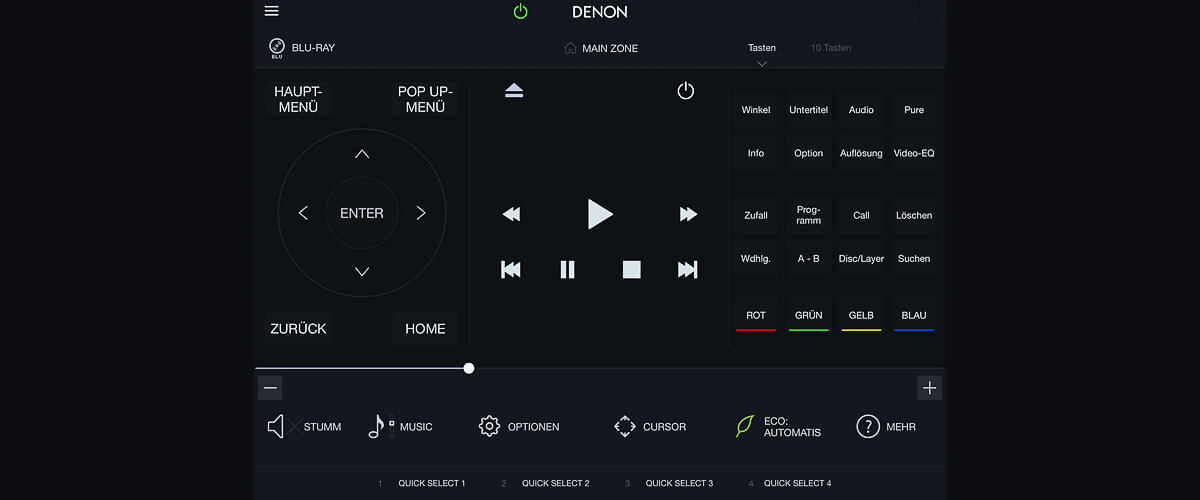
When shopping for an AV receiver remote control, there are several features to consider that can enhance your user experience. Here is my personal list of features for you to look for:
User-friendly interfaces
Receivers with an rf remote with a user-friendly interface can make it easier to control your AV receiver and navigate through different settings and features. Look for a remote with clear labels, intuitive button placement, and easy-to-use menus.
Backlit buttons
These buttons can be especially helpful when using your remote in low-light conditions. With backlit buttons, I have no problems seeing which buttons I press, even in the dark.
Programmable buttons
Some remotes allow you to program specific buttons to perform certain functions or access certain settings. This can save time and make it easier to access frequently used features.
Macro functionality
Macro functionality allows you to program a sequence of commands into a single button press. For example, I often program a “watch a movie” macro that turns on my TV, sets the correct input, turns on the AV receiver, and selects the correct audio mode.
Voice control
Some AV receiver remotes offer voice control capabilities. This can be especially useful if you have multiple remotes and want to simplify your setup or if you have limited mobility and find it difficult to use traditional remotes. Yet, be prepared that sometimes you will have to repeat the same commands several times.
Compatibility with other devices
Before picking the remote, it’s important to consider its compatibility with other devices in your home theater setup. Here I also want to cover two most important aspects that I definitely recommend you look for:
Compatibility
Today’s market is filled with receivers with RF remotes. Yet, I recommend looking for a remote that can control multiple devices in your home theater setup, including your TV, cable box, and streaming devices. This can help you consolidate multiple remotes into one and simplify your entertainment experience.
Programming the remote to control multiple devices
Many AV receiver remotes allow programming the remote to control multiple devices. You can do this by inputting codes for each device or using a learning function. This can save time and reduce clutter by allowing you to use one remote to control your AV equipment. From this perspective, having a radio remote to remote control through the wall of every device you have is great.
Safety considerations
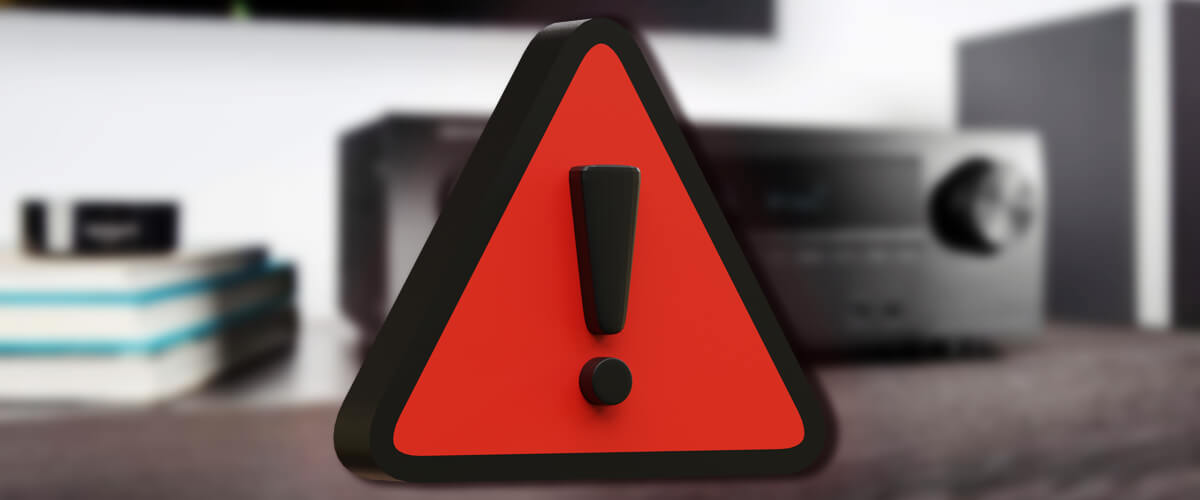
I have had several experiences when it comes to ensuring safety when using remote controls. It is important to keep in mind that remote controls, although small and seem to be simple, still can present certain hazards if not used correctly.
Important safety precautions to keep in mind when using remote controls
- Keep remote controls out of reach of children
Remote controls, especially those with small parts like batteries, can be a choking hazard for young children. Make sure to keep them out of reach when not in use. - Use the correct batteries
Using the wrong type of batteries in your remote control can be dangerous and potentially cause the batteries to leak or explode. Always use the correct type and replace them as needed. - Avoid exposing remote controls to extreme temperatures
Extreme temperatures can damage remote controls, causing them to malfunction or even become a fire hazard. Keep them in a cool, dry place away from direct sunlight or heat sources. - Turn off unused devices
If you’re not using a device, turn it off or use a standby mode to reduce the risk of electrical hazards or overheating.
Tips for avoiding potential hazards
If you’re not using a device, turn it off or use a standby mode to reduce the risk of electrical hazards or overheating.
- Take breaks
If you’re using your remote control for an extended time, take breaks every 20-30 minutes to give your eyes a rest. - Adjust the lighting
Ensure that the room lighting is adequate and not too bright or dim. This can help reduce eye strain and make it easier to use the remote control. - Position the remote control correctly
Hold the remote control at a comfortable distance from your eyes and avoid holding it too close for too long.

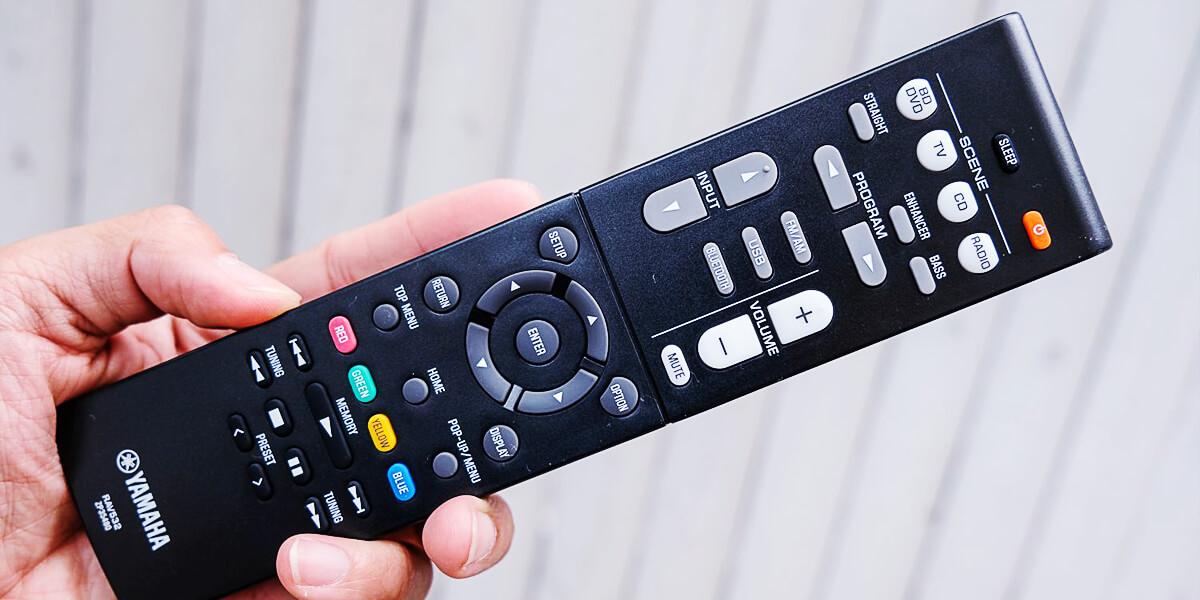


![Best 2-Channel Receiver [Expert Reviews and Buying Guide]](https://hometheaterology.com/wp-content/uploads/2023/11/best-2-channel-receiver-stereo-300x150.jpg)


